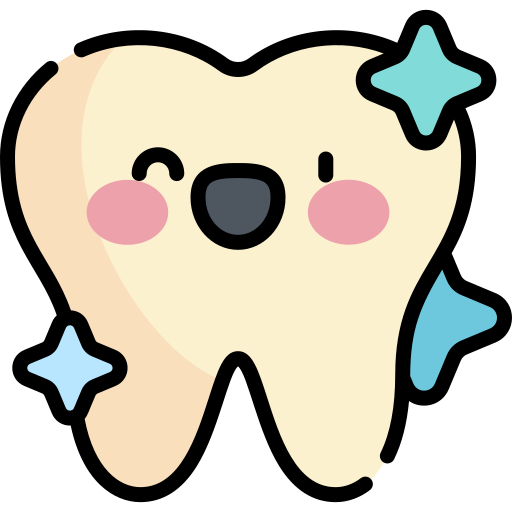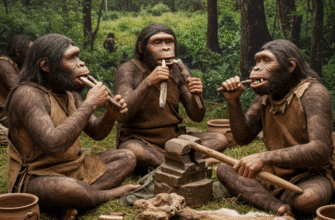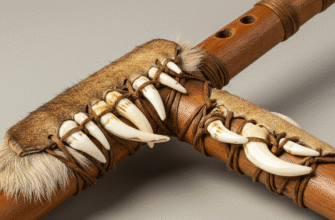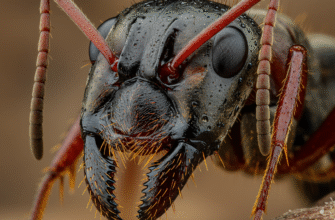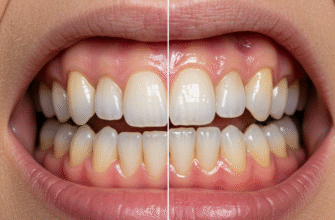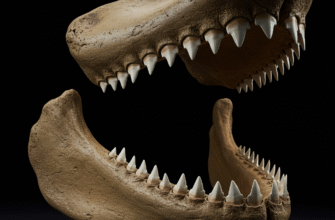Ever caught a glimpse of your smile in the mirror and wondered about the stories your teeth could tell? Beyond their daily job of chewing and helping you articulate, your pearly whites (or not-so-pearly, no judgment here!) are like tiny, incredibly durable time capsules. They carry faint but fascinating echoes of your distant ancestors, hinting at where they might have lived and what their lives were like. It’s a bit like archaeology, but on a much more personal scale.
Unlocking Ancestral Clues, One Tooth at a Time
The field that delves into this is often called dental anthropology. Scientists in this area don’t just see a set of choppers; they see a complex array of shapes, sizes, and features that have been shaped by genetics and evolution over millennia. While your DNA holds the most detailed map of your heritage, your teeth possess a surprising number of signposts pointing to ancestral populations and their journeys across the globe. These aren’t crystal balls, mind you, but they offer intriguing pieces of a much larger puzzle.
Signature Traits: The Telltale Shapes and Bumps
One of the most well-known dental traits linked to ancestry is something called shovel-shaped incisors. Take a look at the back of your upper front teeth (the incisors). If you feel or see distinct, scooped-out hollows with prominent ridges along the sides, almost like a tiny shovel, you might share a common trait with many people of East Asian and Native American descent. This feature is thought to provide extra strength to the teeth, perhaps an adaptation to certain diets or parafunctional uses in ancestral populations. Its prevalence is strikingly high in these groups, making it a significant marker.
On the other hand, a little extra bump or groove on the tongue-side of your upper molars, particularly the first ones, could be a Carabelli’s cusp. This feature is more frequently found in individuals with European ancestry. It can range from a barely noticeable pit to a full-blown extra cusp. Its exact function, if any, is debated, but its varied presence across different populations makes it another interesting data point for anthropologists piecing together migration patterns.
The variations don’t stop there. The number of roots your molars have can also differ. For instance, lower molars typically have two roots, but three-rooted lower molars, while uncommon overall, show higher frequencies in some Asian and Native American populations. Another feature, the protostylid, is an extra cusp on the cheek-side of lower molars, and its presence also varies geographically. These might seem like minor details, but when studied across large groups, patterns emerge.
Dental anthropology meticulously studies the variation in tooth morphology, including cusps, grooves, and root numbers, among human populations. These traits, largely under genetic control, offer valuable insights into population origins, ancient migration routes, and evolutionary relationships. While dental analysis complements genetic studies, it provides a unique window into the past through these durable biological structures.
Beyond Individual Quirks: Reading the Dental Pattern
It’s crucial to understand that no single dental trait can definitively pinpoint your ancestry to a specific village or even a country with absolute certainty, especially in our increasingly mixed world. Think of it more like probabilities and tendencies. Anthropologists look for constellations of traits rather than relying on one isolated feature. For example, the combination of shovel-shaped incisors, a high frequency of three-rooted lower molars, and other specific features forms a pattern often referred to as the “Sinodont” dental complex, characteristic of Northeast Asian populations and their descendants, including Native Americans.
Another recognized pattern is the “Sundadont” complex, more common in Southeast Asian populations and Aboriginal Australians. This pattern typically shows less pronounced shoveling of incisors and different frequencies of other molar traits compared to Sinodonty. These broad classifications help researchers understand major population movements and divergences that occurred tens of thousands of years ago. Your own dental makeup might show features aligning more with one pattern, or it could be a fascinating mosaic reflecting a diverse heritage.
What Your Teeth Say About Ancestral Lifestyles
Beyond inherited shapes, your teeth can also bear witness to the lifestyles of your more recent, and even very distant, ancestors. Dental wear patterns are a big clue. Heavy wear, where the cusps are ground down flat, often indicates a diet rich in tough, fibrous foods or food prepared with stone grinding tools that introduced grit. Think of ancient agriculturalists or hunter-gatherers. In contrast, modern Western diets, with more processed and softer foods, generally result in less aggressive wear on the teeth over a lifetime.
Sometimes, teeth show unusual wear patterns that aren’t just from eating. Anthropologists have found evidence of teeth being used as tools – for softening animal hides, holding objects while crafting, or even preparing fibers for weaving. These specific types of wear, like notches or grooves on the front teeth, can paint a vivid picture of the daily activities and cultural practices of past populations. So, if your dentist ever comments on unusual wear, it might be more than just grinding your teeth at night; it could be a very, very faint echo of an ancestor’s craft!
The Bigger Picture: Teeth in the Ancestry Puzzle
It’s important to approach this topic with a sense of wonder rather than looking for definitive, individual pronouncements. Dental traits are fantastic for studying broad population histories and ancient migrations. However, for tracing your personal family tree back a few generations, they are less precise than genetic testing. Gene flow and intermixing of populations over centuries mean that many people today will have a blend of dental characteristics. What’s truly exciting is how dental anthropology and genetic studies often complement each other, with dental evidence sometimes pointing to ancient connections that DNA analysis later confirms or refines.
So, the next time you brush, take a moment to appreciate the intricate landscape inside your mouth. Those bumps, grooves, and shapes are more than just functional; they’re a part of your personal inheritance, a subtle link to the vast and complex tapestry of human history. Your smile is, in a very real way, a reflection of journeys taken long, long ago. It’s a quiet testament to survival, adaptation, and the incredible story of us.
